Microphone pantograph: technical characteristics and rules of operation
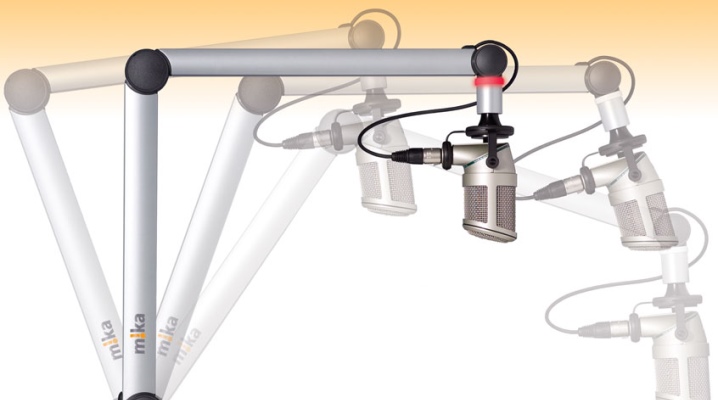
The microphone pantograph is made in the form of a stand that can be moved around the studio, lowered or raised. Outwardly, it resembles a device for attaching table lamps. What models of pantographs are there?
Specifications
There are desktop and portable models that have an integrated cord that easily connects to such devices:
- mixers;
- amplifiers.
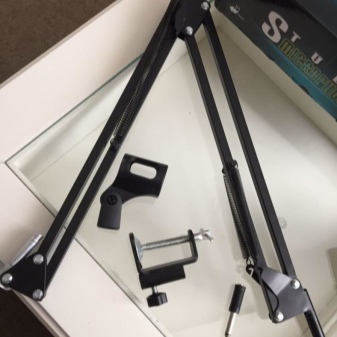
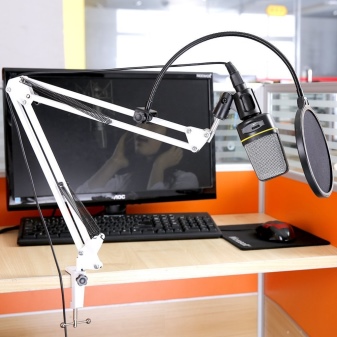
All this greatly simplifies the installation of the microphone. If you have to attach the cord with your own hands, then it is important in this case to pay attention to its fixation using plastic "clamps". After the microphone is "grabbed", screw the wire along the top of the stand, attaching it with plastic clips. It is worth paying close attention: at the junction of the rack, the cord should not be pulled too tight, it is necessary to make a slight relaxation. The algorithm for installing a pantograph for a microphone is as follows.
- The retainer is disconnected from the structure.
- The holder must be unscrewed. You need to try it on the table, tighten the screw.
- The table top is placed between the "jaws" of the clamp.
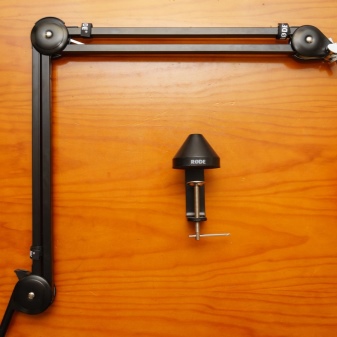
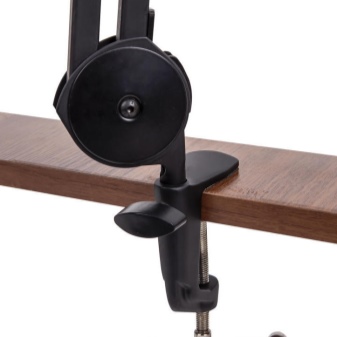
The microphone holder is dismantled, screwed to the clamp. For this, there is a special compartment where there is a fastening device with a PVC attachment. After that, it is checked: how easily the microphone pantograph rotates around its own axis. Technical characteristics and equipment of the pantograph for microphones, which can be placed on the table, are as follows:
- stand included;
- fixing element to the table;
- adapter (microphone holder has 5/8 thread, pantograph holder 3/8);
- the weight of the pantograph is 424 grams.
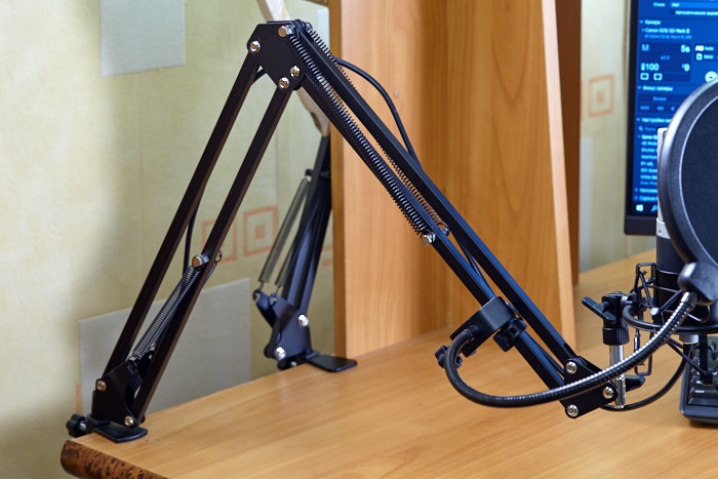
Place and fix the stand in such a way that so that it does not damage the polish of the table. The disadvantage of this design is the weak attachment to the clamp. In order to avoid incidents, all screws should be tightened well, then the unit will be securely fixed.
The stand can be easily turned to the side if necessary, it is easy to attach an additional filter to it.
The lineup
The best pantographs are produced by companies:
- FZone;
- Proel;
- OnStage.
They are made both for the stage and for the desktop.
- Model FZone NB-35 consists of two blocks 45 cm long. It can support up to 850 grams. Ideal for lightweight devices. Attaches securely to a metal clamp.
- Proel DST260 - a tabletop pantograph stand for a studio microphone. This is one of the best models, it has good functionality, it can withstand a weight of up to 1.2 kg.
- OnStage MBS5000 desktop version Suitable for voice recording, Internet browsing, video dubbing. Includes 5.1m XLR cable.
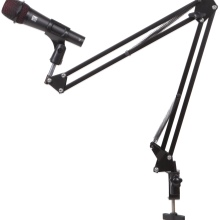
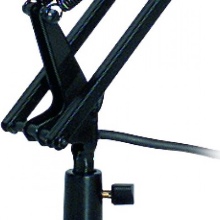
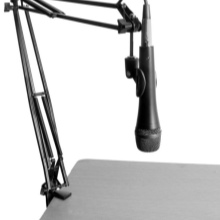
Features of selection and operation
There is no great difficulty in installing a studio pantograph, you should still pay attention to the connection of wires and fixing devices. Pantographs vary in size, microphones come in different weights. There are devices that weigh more than 2 kilograms. For such products, pantographs with an additional strength factor are required. Sound quality depends a lot on various accessories, which seem insignificant, but important nonetheless.
Here's an example of a pantograph for a pop filter microphone that has a good swivel mount - it's versatile. TTX devices are as follows.
- The mounting width is about 4.6 cm.
- There are handles for adjusting the height and angle.
- Rotates 360 degrees.
- There is a good screen, which protects from various noises.
- There is no backlash at all.
- Shoulder - 42 cm, minimum overhang 32 cm, maximum - 78 cm.
- Vertical adjustment is possible from the point of contact of the cable (10 cm) and up to 80 cm.
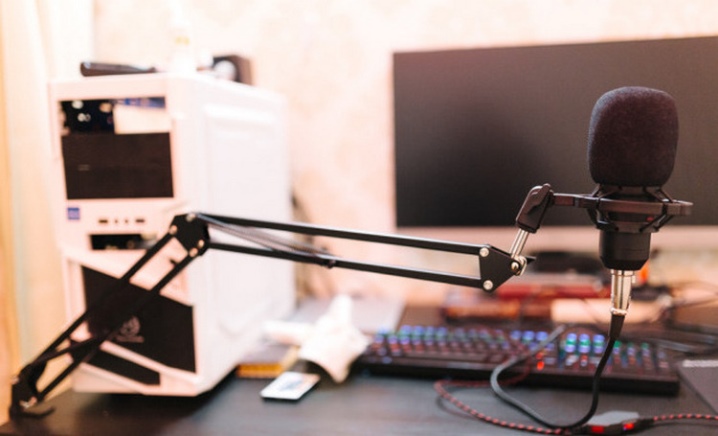
Depending on the model, the cost of pantographs usually varies from 1 to 6 thousand rubles.
For information on the characteristics of a microphone pantograph, see the following video.













The comment was sent successfully.